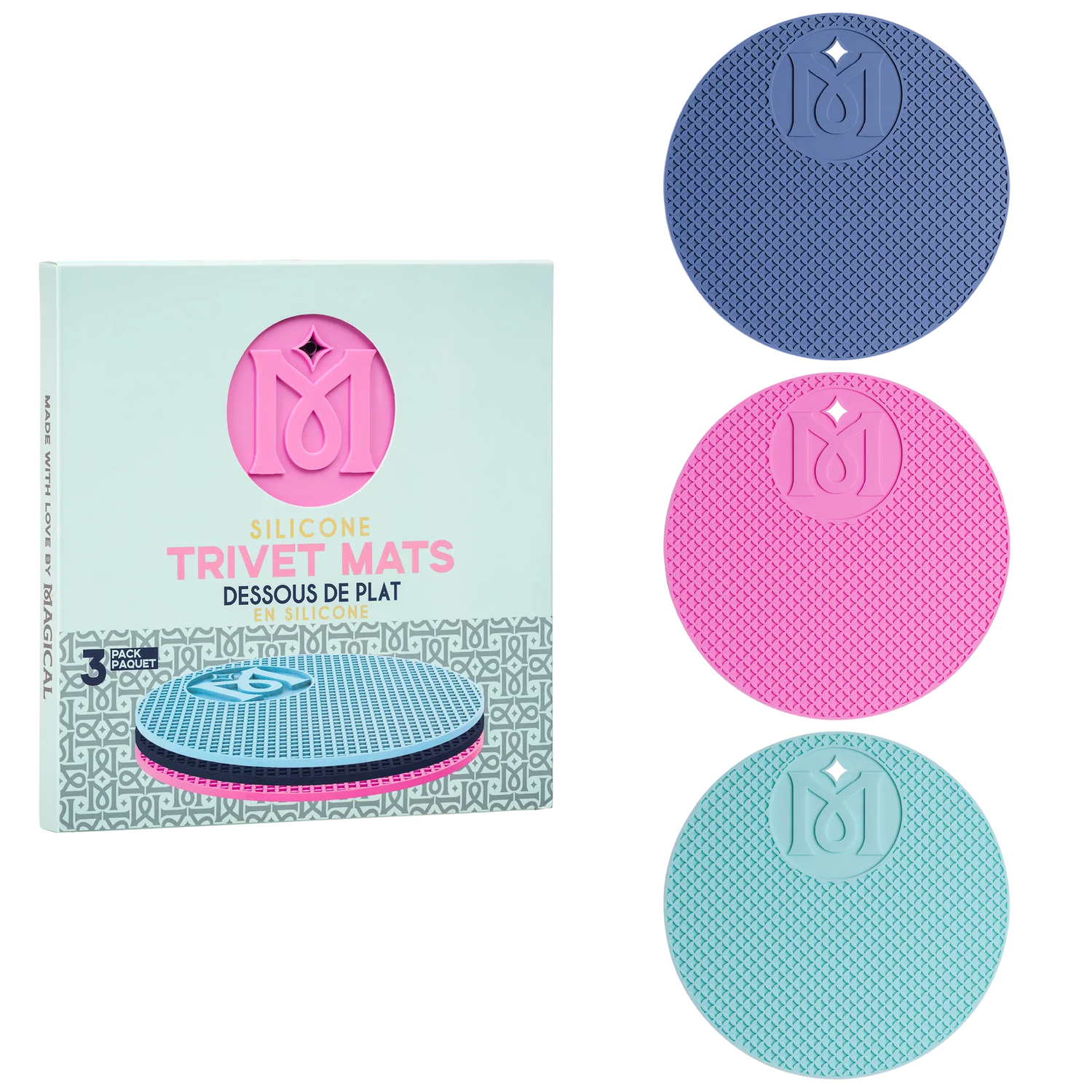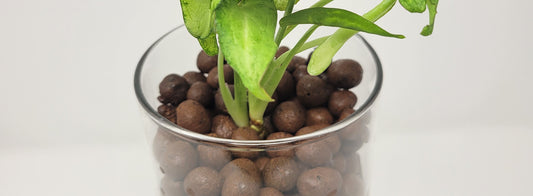While hemp growers have spent decades trying to highlight the differences between their plants and cannabis, the facts are that both plants are closely related and grow similarly.
Congress defines hemp as “[t]he plant species Cannabis sativa L. and any part of that plant, including the seeds thereof and all derivatives, extracts, cannabinoids, isomers, acids, salts, and salts of isomers, whether growing or not, with a total delta-9 tetrahydrocannabinol (THC) concentration of not more than 0.3 percent on a dry weight basis.”
Whereas illegal cannabis is defined as any species of cannabis containing more than 0.3 percent delta-9 tetrahydrocannabinol. This means that the main distinction between illegal cannabis, and legal cannabis, is merely the concentration of delta-9 THC. As a result, then, it's possible to use the same techniques cannabis growers have developed for years to produce indoor grown hemp.
Hemp is legal to grow, especially for industrial purposes, in many more states than cannabis. Regardless of which type of Cannabis sativa you plan to grow, these are the basic steps to growing hemp indoors.
What's Different About Hemp Grown Indoors?
When hemp is grown outdoors, the plants are at the mercy of the weather and all the pests that can travel to munch on them. This is true for any plant. Just watch a backyard tomato grower melt down over finding plants completely decimated by cutworms or hornworms. When hemp is grown indoors, you have complete control over the conditions each plant experiences.
This allows you to maximize healthy growth, encourage and control different plant growth phases just when you want it, and take clones for further propagation without worrying about external sources of stress.
Cannabis and hemp grown indoors tend to provide a higher yield at harvest and a higher quality flower with more terpenes and trichomes still attached. Indoor growing allows control over CO2 levels, humidity, temperature, light exposure, nutrient feeding, and more which are all crucial for high levels of either THC or CBD in the plant's flowers.
Do Cannabis and Hemp Share the Same Indoors Growing Process?
Since both cannabis and hemp are varieties of the Cannabis sativa plant, they share practically the same growing process. Triggering flowering can be slightly different only because some cannabis varieties, known as Cannabis ruderalis, are adapted to autoflower after a certain period of growth rather than in response to changes in light exposure.
Although some cannabis and hemp breeders have developed hemp varieties containing ruderalis genes, hemp generally must be triggered with light controls to start flowering. Not all industrial hemp is harvested post-flowering, so for some growing plans, this may not matter. Other than that, cannabis and hemp follow the same basic process and require most of the same conditions.
Knowing What's Legal to Grow in Your Area
While hemp products like cannabinol (“CBD”) are legal to purchase and sell in all 50 states now, that doesn't mean you can automatically grow hemp indoors as a random individual. Most states still only allow hemp cultivation for industrial purposes. Each state also determines exactly what is industrial hemp and how it must be used or tested to verify its status as a low THC product. This process is generally handled and regulated by each states Department of Agriculture, which typically posts free resources like rules, regulations, application processes, and guidelines to their government websites.
If you're in a state that allows for home cultivation of cannabis, you have far fewer limitations to deal with. In these states, it should be perfectly acceptable to grow hemp at home too with no extra requirements.
If you're interested in growing either hemp or cannabis indoors, make sure to check all state laws carefully before assuming that legal medical or recreational status also confers the right to grow at home.
The Indoor Hemp Growth Cycle
Now that you've determined whether you're in the clear legally to grow your hemp or cannabis indoors, it's time to consider the growth cycles. Whether you choose a hydroponic system or just grow bags with a potting mix, the basic stages are the same in length and requirements (with the exception of Cannabis ruderalis).
- Germination (5-10 days): From the time of planting a seed and keeping it well watered, it takes anywhere from 5 to 10 days for emergence. Don't be tempted to pull off stuck seed coats or try to spread unfurling leaves. Germinating seeds are delicate and should be handled as little as possible, even if you're using a method of sprouting them outside of the growing medium. Give them 18 or 24 hours of light a day and consider keeping them covered until the first signs of true leaves emerge to encourage a high humidity level.
- Seedling (2-4 weeks): After germination and during the development of the first few sets of true leaves, hemp and cannabis plants are considered seedlings. They don't move into the vegetative stage until the first leaf develops with the variety's full number of blades, which can vary from 5 to 11. Since all cannabis plants have cotyledons, the first rounded "leaves" that emerge along with the new stem aren't actually leaves. Instead, the true leaves are those that grow after these. They'll have the characteristic pointed and multi-bladed look of cannabis leaves. Seedlings are very delicate and need 18 hours of daily light exposure from grow lights positioned at just the right height. Too high and the plants will grow spindly and weak, but too low and the intensity or heat will burn the leaves. Humidity should stay relatively low to prevent damping off or root rot from attacking young root systems. Avoid giving high amounts of nutrients, which will burn and stunt the plant, and aim for temperatures around 77 degrees.
- Vegetative (4-16 weeks): Once you have your first true leaves with the right number of blades, you've entered the vegetative state. By now, most hemp varieties should be 3 feet high or taller and getting bushy. Cannabis heights and growth patterns can vary greatly, so they're harder to predict. You'll see the most rapid growth during this stage, with cannabis gaining up to 2 inches a day and hemp gaining 6 or more inches with full lighting. Aim for 68 to 77 degrees in temperature, with hemp preferring the higher side of the spectrum. Continue the usual 18 hour light cycle, with full intensity and leaf color spectrum if you were limiting it at all for sensitive seedlings. The majority of fertilizers and nutrients are applied at this stage. Humidity varies by variety, but most hemp and cannabis will grow best with moderate to high humidity and a lower level of moisture as they grow older. Prune, top, and clone your plants in this stage.
- Flowering (8-11 weeks): Flowering is the most exciting stage, but it's also the most challenging. You'll need to shut the grow lights off after only 12 hours of light each day and ensure that no natural or ambient light reaches the plants. If you're growing hemp or cannabis in your home, this can be tricky unless you have a grow tent designed for blackout conditions. Using a spare room is also helpful. Don't prune unless necessary and remove male plants as you spot them. Even male hemp plants must be removed if you're aiming to grow hemp flowers for processing or direct use. Keep humidity around 50% and only offer light doses of potassium and phosphorus rich fertilizers to support bloom growth.
Make sure to setup support stakes or trellis' in combination with leaving enough space between the top of the canopy and your maximum allowable distance from the lights. The plants grow like a weed during the first 2 weeks of flowering, called stretching, and can double in height.
With so many exciting things to do with your newly harvested hemp or cannabis flowers, you're sure to come up with plenty of steps to take next. If you're inspired and ready to try growing hemp or cannabis indoors, you'll find everything you need here at Taproot Hydroponics and Organics.
DISCLAIMER: Cannabis is only legal in certain states - this information is solely meant for those who reside in US States where cannabis is legal to grow.





